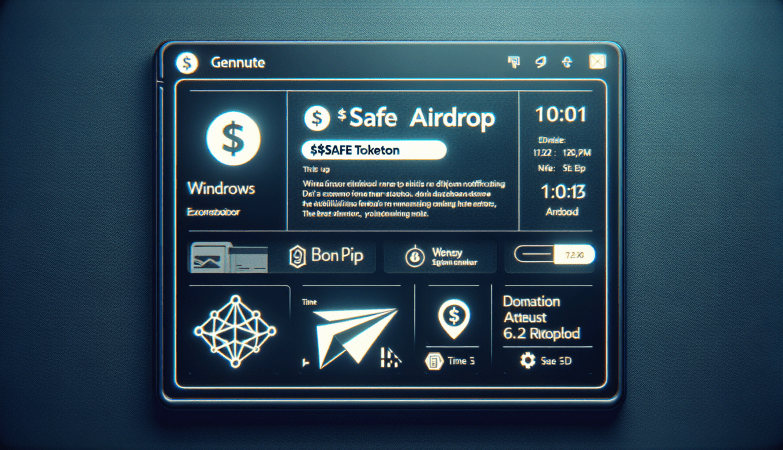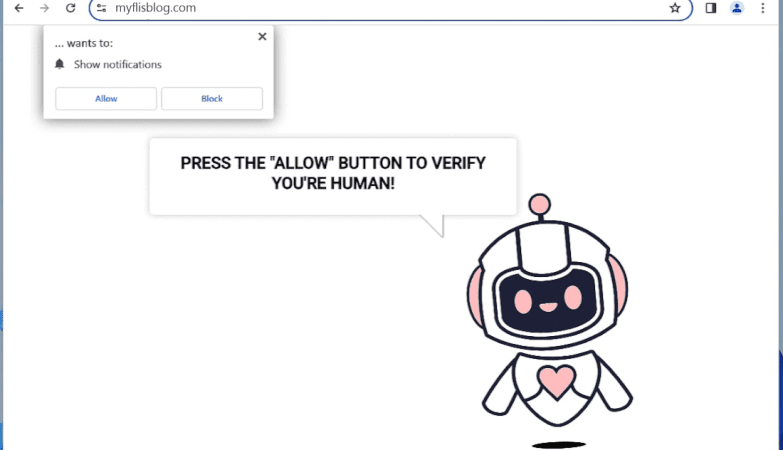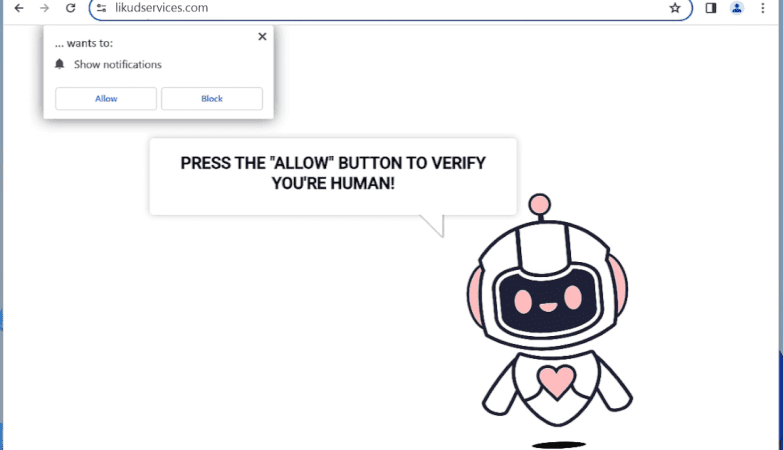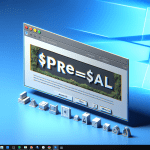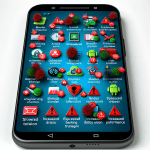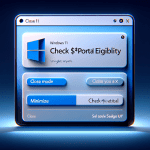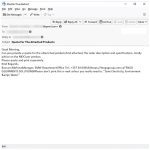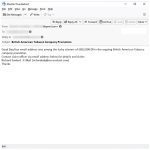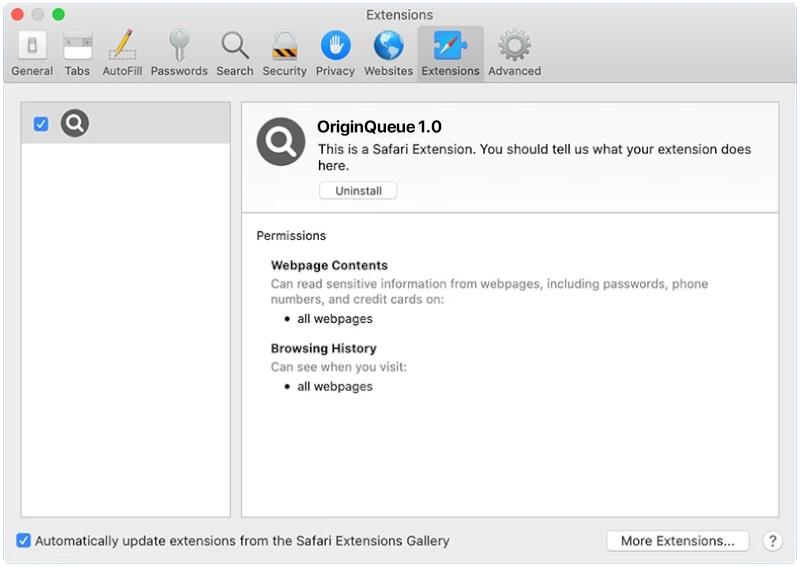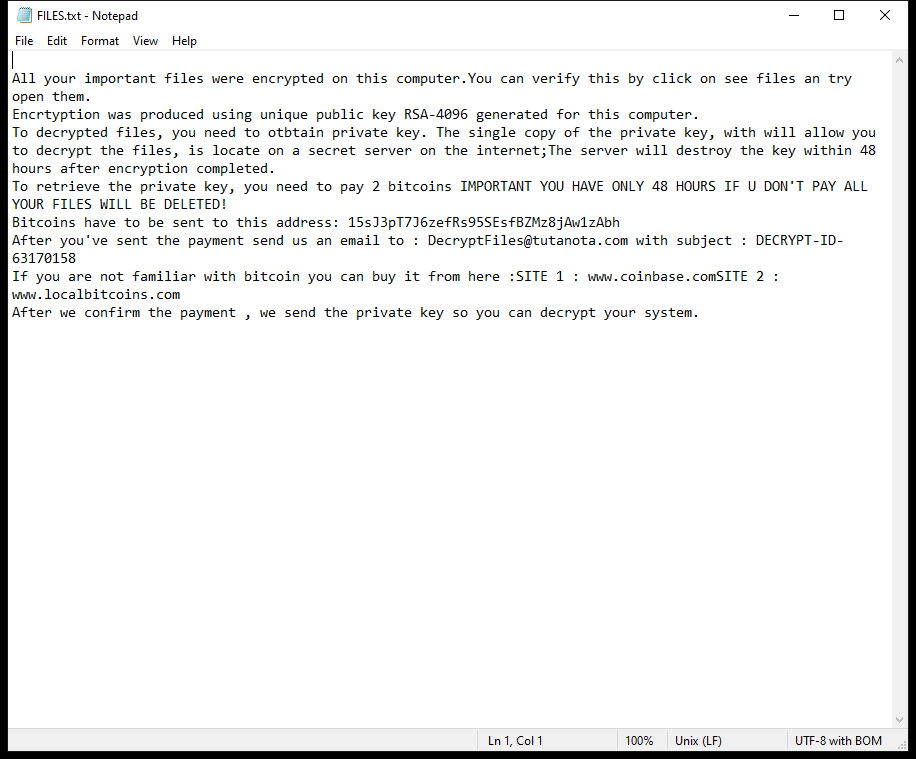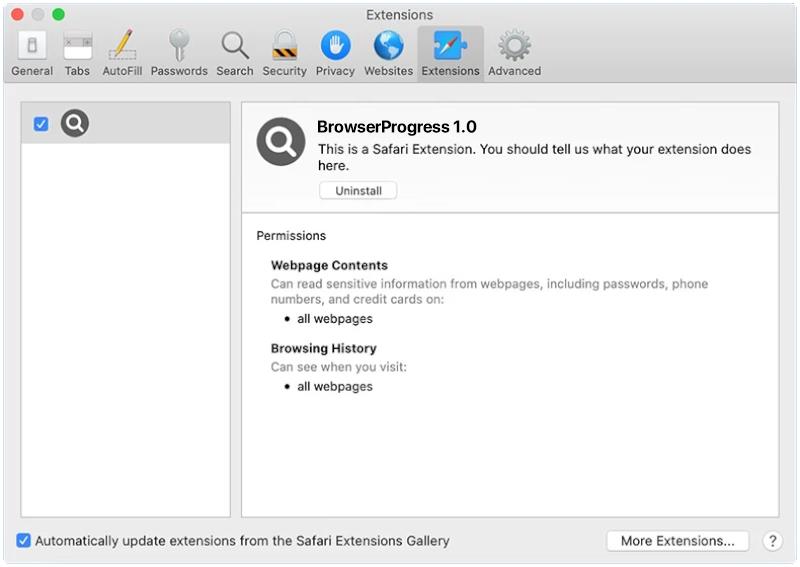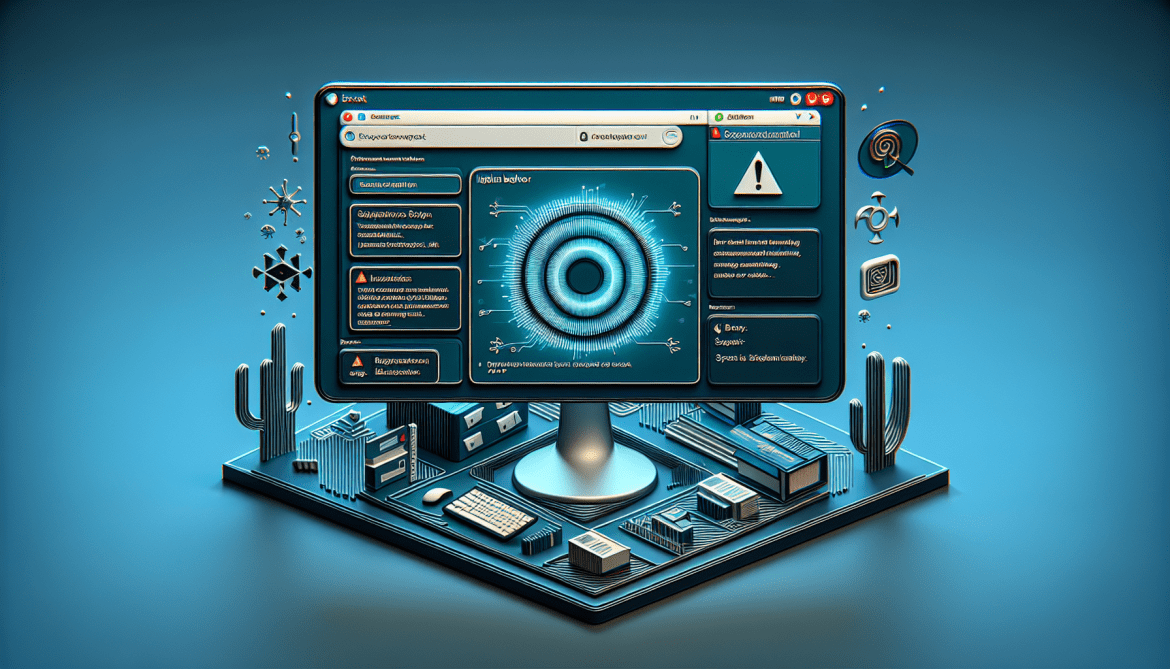RSA-4096 Ransomware is a type of malicious software that encrypts files on a victim’s computer and demands a ransom for their decryption. It infects computers through various methods such as malicious email attachments, software vulnerabilities, or by being downloaded from compromised websites.
Once a computer is infected, RSA-4096 Ransomware adds a specific file extension to all encrypted files, such as .rsa. It uses RSA-4096 encryption to lock the files, making them inaccessible without the decryption key.
After encrypting the files, the ransomware creates a ransom note typically named “README.txt” or “HOW_TO_DECRYPT_FILES.txt” which contains instructions on how to pay the ransom and receive the decryption key. This note is usually placed on the desktop or in folders containing encrypted files.
As of now, there are no decryption tools available for RSA-4096 Ransomware. However, it is not recommended to pay the ransom as it does not guarantee that you will receive the decryption key or that the files will be decrypted.
If your files have been encrypted by RSA-4096 Ransomware, the best course of action is to restore them from a backup or use data recovery tools to try and recover the files. It is important to regularly back up your files to prevent data loss in case of ransomware attacks.
Read more

